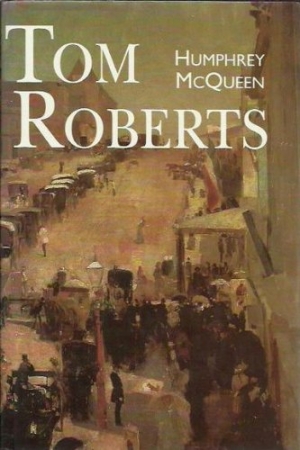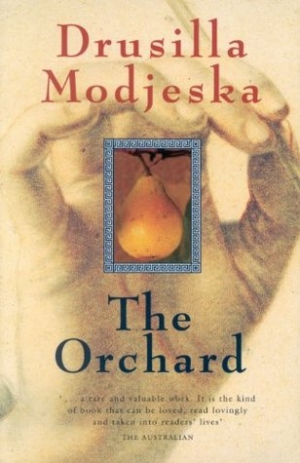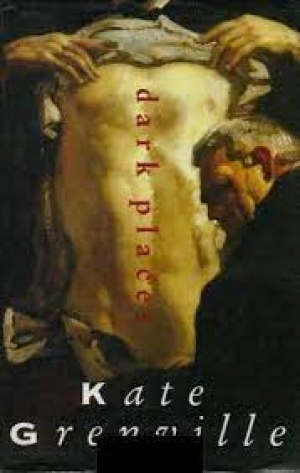Macmillan
Stuart Coupe reviews 'Crowded House: Something so strong' by Chris Bourke
Pop and rock’n’roll music is essentially disposable popular culture which throws up comparatively few enduring items. For every 10,000 albums and singles released maybe only a hundred will be listenable a year later, let alone in a decade.
The same goes for literature that attempts to define or interpret the music. Sure, that Guns ’N’ Roses, Culture Club or Spandau Ballet picture/text book might have seemed pretty impressive when it first appeared and you, dear reader, thought the artists in question were the greatest thing since the invention of the toaster – but in most cases those books are clogging up bookshelves or went out for fifty cents at a garage sale five years ago.
... (read more)Almost at the end of his very long biography, Tom Roberts, Humphrey McQueen wonders why – if Australian landscape painting had so much need of a father – ‘no-one thought to install Margaret Preston as the mother’ of the genre? He has a suggestive answer to a question which needed to be posed:
... (read more)Like Drusilla Modjeska’s earlier book, Poppy, this is a book that resists easy classification. It’s the sort of book that may infuriate those who like their ideas served up in separate self-contained portions: fiction, history, biography, criticism. It’s also likely to confound librarians and booksellers, faced with the problem of where to shelve it. Modjeska’s ideas are not answerable to the Dewey Decimal System.
... (read more)Okay I’ve just finished reading Tim Winton’s The Riders. I’ve scribbled notes on pages all the way through, but I don’t want to go back and consult them. Who wants to return to hell?
... (read more)It seems like a slender connecting thread, but reading Kate Grenville’s new novel, Dark Places, reminded me of an experience I had hoped I’d forgotten: reading American Psycho. Reading stories with repellent narrators is like being left alone in a locked room with somebody you’d edge away from if you met him, or her, in a bar.
... (read more)I came to Suzanne Chick’s book full of prejudice and cynicism. Certainly Chick was the illegitimate daughter Charmian Clift had when she was nineteen, but Chick was relinquished at two weeks to her adoptive family and Clift took her own life before Chick began to make enquiries about her natural mother. What could Chick have to say about Clift that those who knew her couldn’t? Wouldn’t this just be crass cashing-in on a famous and alluring name? A ‘Mommie Dearest’ genre from a different angle?
... (read more)The faded but still brave word ‘grand’ in the title of Frank Moorhouse’s new novel gives a signal from another age, the 1920s, when after the war-to-end-all-wars there were grand ideals and grand hotels. It is also fitting that the League of Nations, the setting for the book, should in the 1920s have had its headquarters in Geneva in a former luxury hotel, while its own rather unfortunately named Palais was being built.
... (read more)In 1868 John Heaps (alias Muley Moloch), a preacher, self-styled prophet, and trained bootmaker, left England with a group of eight women bound for Australia. Their intention was to set up a mission dedicated to the development of their own perfection and a preparation for the Second Coming of Christ ...
... (read more)With the publication of Rodney Hall’s latest novel, The Grisly Wife, the author has brought to completion a trilogy that first began appearing in 1988. Since this last published novel is actually the middle work of the trilogy and what were formerly two separate novels are now bridged by this newcomer, we are finally given the opportunity to assess if and how the parts relate to the whole.
... (read more)Grand Days is volume one of Frank Moorhouse’s Palais des Nations novels, and is connected to the author’s previous works Forty-Seventeen and The Electrical Experience by the characters of Edith Campbell Berry and George McDowell. The principal narrative of Grand Days goes on for 500 or so pages, and is followed by some thirty pages of notes and explanations which form another narrative. The most interesting narrative of all, to me, however, is the story of where this book fits into the life and work of Frank Moorhouse.
... (read more)









